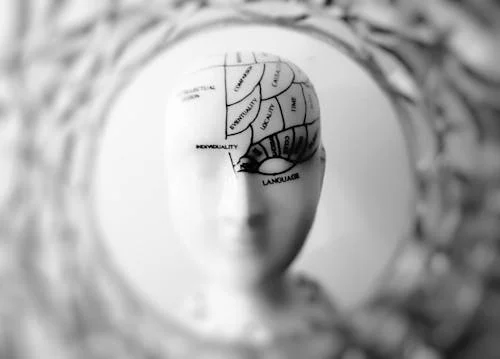Swedish Researchers' Retina E-Paper Achieves Maximum Resolution Perceivable by Human Vision
- MM24 News Desk
- Oct 25
- 3 min read

Scientists from Chalmers University of Technology, the University of Gothenburg, and Uppsala University have unveiled a revolutionary "retina E-paper" with pixels a mere 560 nanometres wide, achieving a staggering resolution beyond 25,000 pixels per inch. This breakthrough, reported in the journal Nature, creates a screen so sharp and compact it can be placed directly near the eye, paving the way for virtual worlds indistinguishable from reality.
Imagine looking at a screen where the image is so perfectly detailed that your eye literally cannot detect a single pixel. This is no longer science fiction, thanks to a collaborative effort by Swedish researchers. The team has developed a new type of reflective display, dubbed retina E-paper, that matches the ultimate limit of human visual perception.
What makes this possible? The secret lies in the pixels, which are the smallest ever created. In a standard screen, pixels become inefficient when shrunk below one micrometre. The technology presented in Nature, however, features pixels just 560 nanometres across. "This means that each pixel roughly corresponds to a single photoreceptor in the eye," explains Professor Andreas Dahlin from the Department of Chemistry and Chemical Engineering at Chalmers University of Technology. "Humans cannot perceive a higher resolution than this."
The implications of this density are profound. To demonstrate, the researchers recreated Gustav Klimt’s famous painting ‘The Kiss’ on a screen area of just 1.4 by 1.9 millimetres. This incredibly detailed image was a mere 1/4000th the size of a standard smartphone screen, showcasing a level of detail that has never been achieved electronically before.
So, how does it actually work? Instead of using tiny colored lights, this screen is passive, reported Nature.
It mimics nature, specifically the way brilliant colors appear in a bird's plumage through light interaction with microscopic structures. The ultrasmall pixels contain nanoparticles of tungsten oxide. By precisely controlling the size and arrangement of these particles, the researchers can dictate how light is scattered to produce pure red, green, and blue pixels, which can be combined to generate the entire color spectrum. A small electrical charge can then switch these pixels off, turning them black.
This technology directly tackles a major bottleneck in next-generation devices. For virtual or augmented reality, where screens must be small and sit close to the eye, current pixel technology fails to provide a truly seamless experience. The retina E-paper solves this by offering maximum visual fidelity in a minuscule format.
"The technology that we have developed can provide new ways to interact with information and the world around us," says Kunli Xiong, Associate Senior Lecturer at Uppsala University, who conceived the project. "It could expand creative possibilities, improve remote collaboration, and even accelerate scientific research."
A key advantage of this design is its potential for energy efficiency. As a reflective screen, it doesn't need a power-hungry backlight, drawing only a minuscule amount of electricity to change the pixels' state. This combination of ultra-high resolution and low power consumption is a holy grail for wearable electronics. While there is still work to be done, the potential is undeniable.
"This is a major step forward in the development of screens that can be shrunk to miniature size while improving quality and reducing energy consumption," states Professor Giovanni Volpe from the University of Gothenburg. "We believe that retina E-paper will play a major role in its field and will eventually have impact on us all."
The journey from lab to our everyday smart glasses may take some time, as the technology requires further refinement. However, this research marks a fundamental shift, proving that we can now build displays that match the very limits of human sight. This isn't just about making things sharper; it's about creating a visual medium so perfect that the digital and physical worlds finally blend into one.



Comments